I don’t think anyone out there who is moderately interested in video games doesn’t know about Pong, Tetris, Arkanoid, Super Mario and Sonic. They are some of the cult games that we all have in common from our childhood. We played them to the point that they became a part of our everyday lives, and we constantly kept dreaming about the games of tomorrow. The technology behind these games seemed endless and the graphics stunned us, no matter how basic they were.
I always thought that these games were the brainchildren of some clever game programmers that put down some neat ideas on a piece of paper, and then set out on a quest to make them a reality. These games weren’t; however, just about software. They were built as much on hardware as they were on software and I think that was what mesmerized us so much when we first came in contact with them.
Marc Da Cunha Lopes (Photographer), Christophe & Graziella @ Asile (Editing) and Ben @ Asile (3D Artist) once set out on a quest to portray the alternative origin of these games and a few more. These are some of the coolest pictures I have seen in a long time. The series is called “Made of Myth,” and it is truly amusing and adventurous to the point where they take you back to an alternate reality which slings you back to your childhood by just peeking at them. So this how good game designs are created…
Tetris
“When Alexei Pajitnov first ordered a load of bricks from Karpov Abramtsevo’s workshop, workers there were wondering who could be interested in all those right-angled blocks. No one in 1985 could have imagined those concrete Tetriminos would become world famous and constitute Russia’s deadliest weapon against Reagan’s America.“
Arkanoid
“The notoriously bold Akira Gujita centralised the production of chromed steel balls and concrete breeze blocks needed to the construction of Fort DOH. The mix of techniques meant he chose to work with the Schuller Fabrik, situated on the outskirts of East Berlin. First established in 1986, their partnership would last for years after the fall of the Berlin wall.“
Pong
“It took the Reynolds Metals Company three months to manufacture the 140,000 raquets and 440,000 digits Nolan Bushnell had ordered, plus an extra two weeks to transport the merchandise from Kentucky to California. Completed in 1972, this memorable job brought about the rebirth of Louisville’s metallurgic industry.“
Super Mario
“In 1995, the collaboration between Oita’s mushroom farms and Nissin Foods Co. in Sapporo revolutionised the conditioning techniques of the time, also bringing biochemistry out of labs and onto a global stage. Without Shigeru Miyamoto’s 750 billion colored (shiitake) mushrooms, the Japanese food processing industry wouldn’t have cruised through the 1990s with the same optimism.“
Sonic
“In hindsight, Yuji Naka and Hirohaku Yasuhara almost regretted opting for a local foundry rather than sub-contracting from abroad. During the heatwave of summer 1991, the Yokohama Seitetsujo metal foundry had to keep four teams on the go to meet their deadlines. Over 32 billion brass rings have since been completed in these traditional molds.“
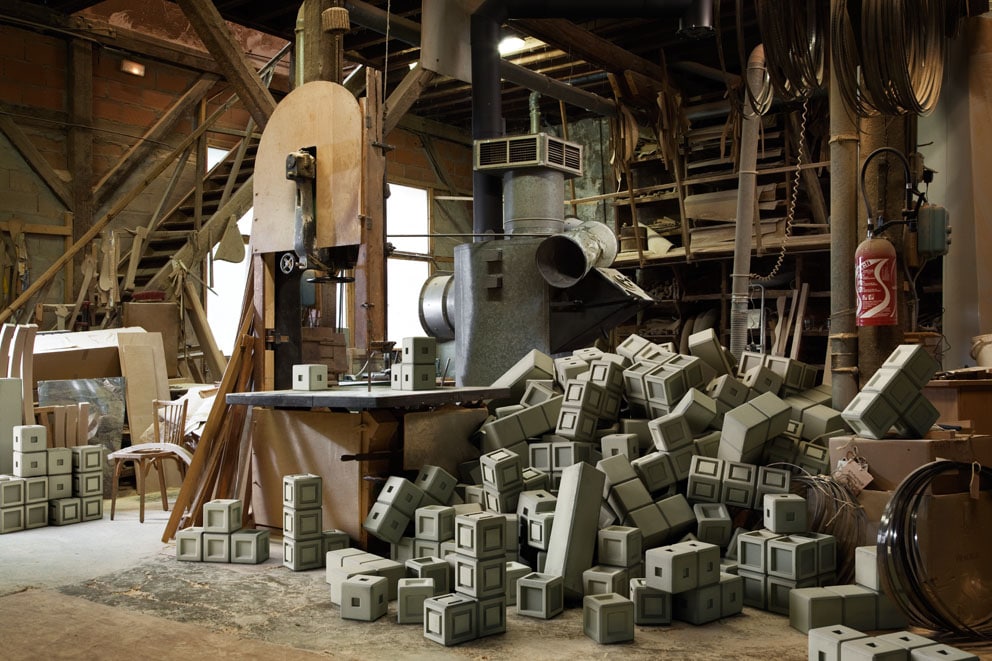
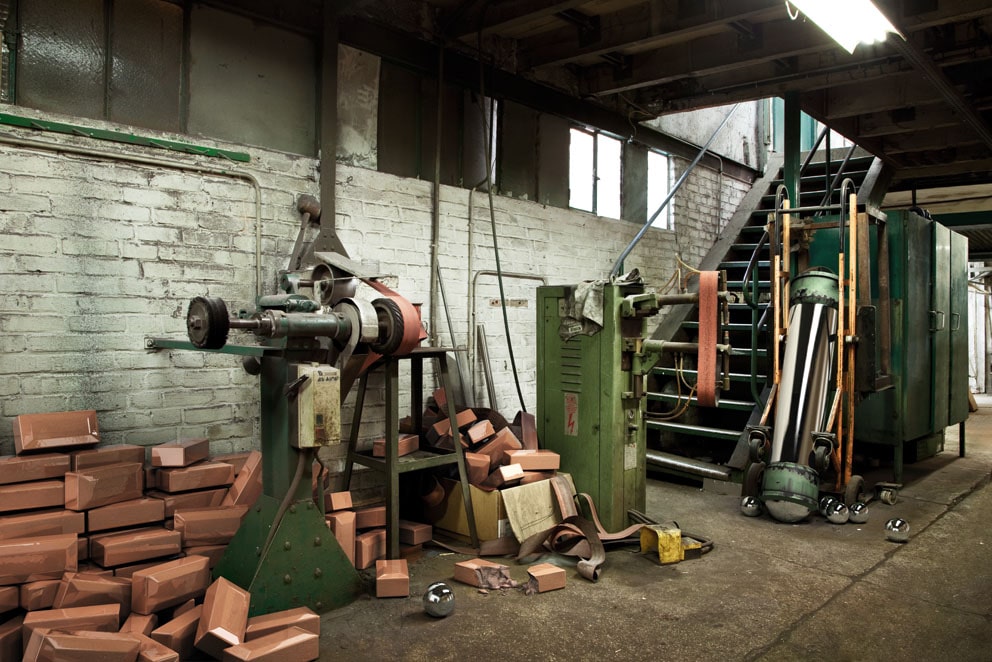
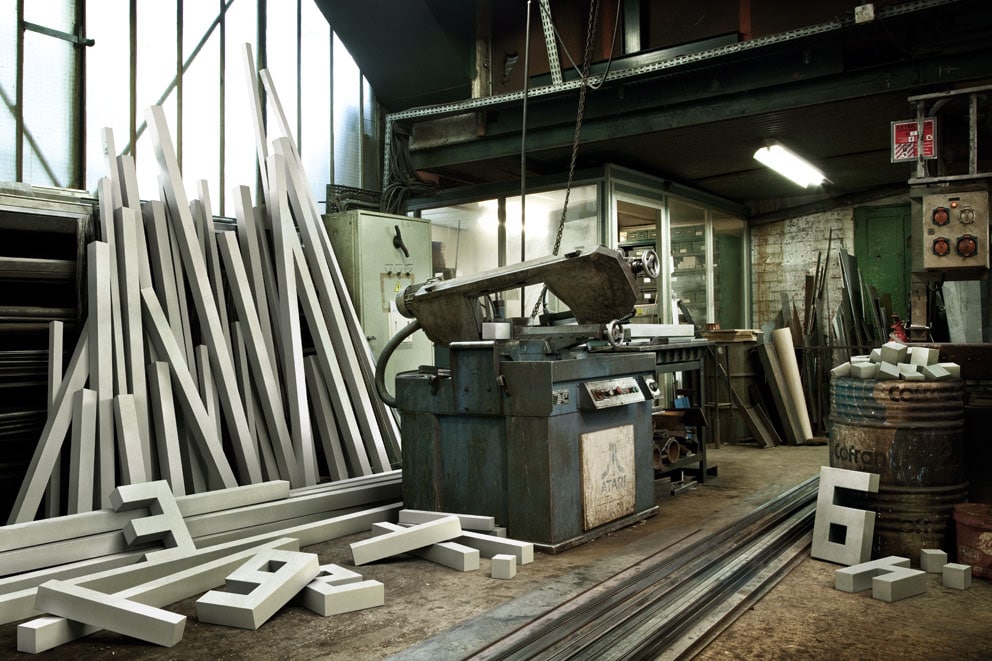
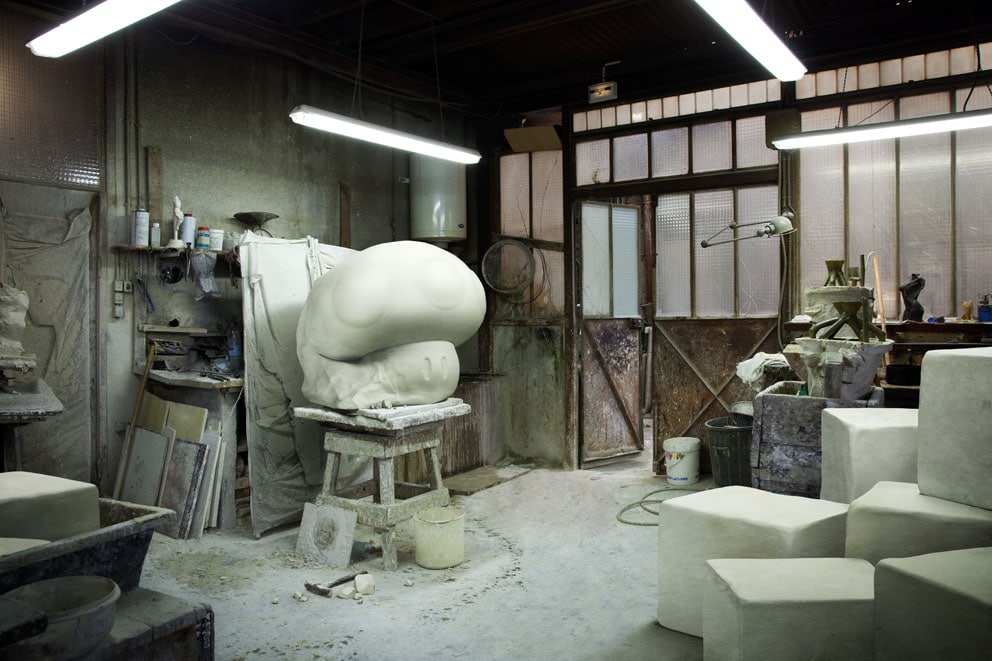
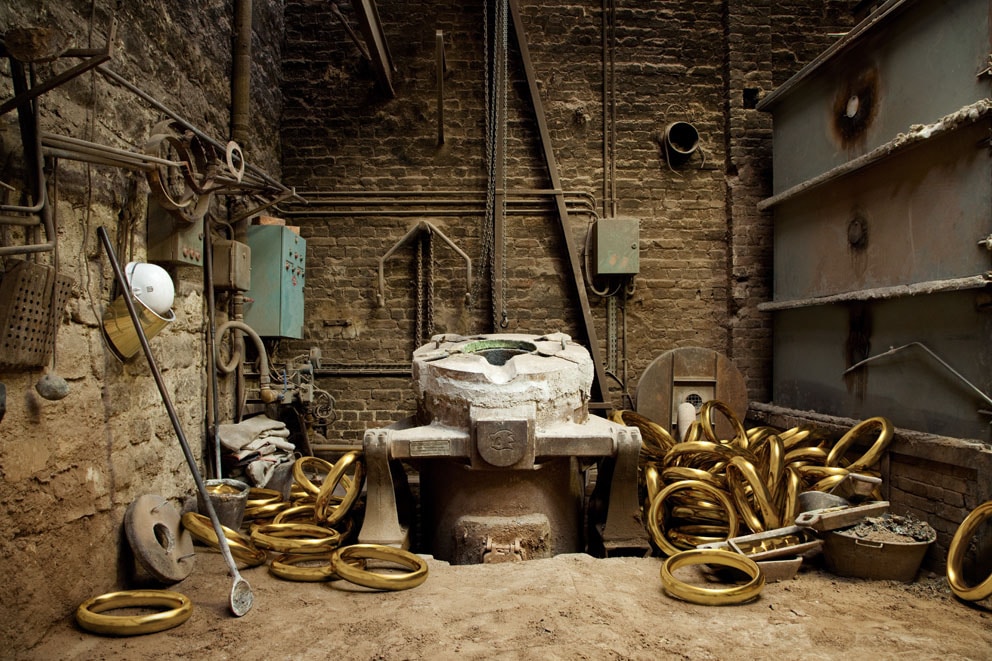
COMMENTS